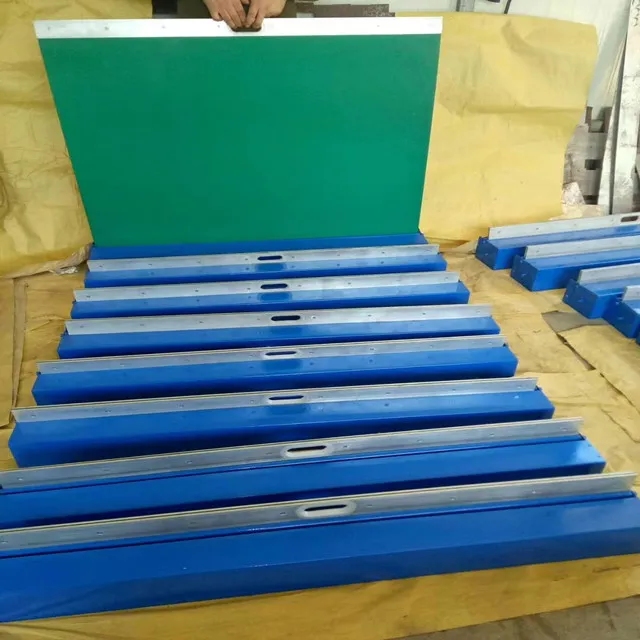Efficient 8mm Drag Chain for Smooth Cable Management and Enhanced Performance
Understanding the 8mm Drag Chain A Comprehensive Overview
In the world of machinery and automation, the efficiency of design and functionality is paramount. One of the key components that aids in maintaining order and efficiency in moving parts is the drag chain, specifically the 8mm drag chain. This article will delve into what drag chains are, the importance of the 8mm size, their applications, and why they matter in industrial settings.
What is a Drag Chain?
A drag chain, also known as a cable carrier or energy chain, is designed to organize and protect cables, hoses, and other flexible elements as they move in machinery. These chains provide a stable and defined path for these items to follow, minimizing wear and tear, cable entanglement, and unnecessary downtime. The construction of drag chains typically involves a series of connected links that can be opened on one or both sides, allowing for easy insertion or removal of the cables or hoses they contain.
The Importance of the 8mm Size
The designation 8mm refers to the inner width of the drag chain links. This specification is crucial because it dictates the size and number of cables that can be accommodated within the chain. An 8mm drag chain strikes a balance between compactness and capacity, making it suitable for a range of applications from light machinery to more complex robotic systems.
A significant advantage of using an 8mm drag chain is its flexibility. The size allows the chain to fit into tighter spaces while still accommodating sufficient cabling for electronics, motors, or sensors. This is especially pertinent in environments where equipment is crammed into confined areas, such as in CNC machines or manufacturing robots. The design of these chains also contributes to a reduction in friction, helping maintain the longevity of the cables and ensuring smoother operation of machinery.
Applications of 8mm Drag Chains
8mm drag chain

8mm drag chains find usage across various industries, including manufacturing, robotics, automotive, and more. In manufacturing, they are essential for moving machine components or transferring power and signals between machines. In robotics, these drag chains manage the cables that connect sensors and actuators, ensuring that mobility and functionality are maintained without risk of tangling.
In the automotive industry, 8mm drag chains are utilized in assembly lines where robotic arms must move efficiently while managing multiple electrical connections. Their robustness ensures that they can handle dynamic movements and harsh environments, making them ideal for factory settings.
Why 8mm Drag Chains Matter
The significance of 8mm drag chains extends beyond their primary function of cable management. They help reduce downtime caused by cable failure, which can severely disrupt productivity. By protecting cables and hoses from wear and tear, drag chains not only extend the life of these components but also enhance overall system safety.
Furthermore, the ease of installation and maintenance of 8mm drag chains make them a go-to choice for engineers and technicians. Recognizing the specific needs of an operation—such as the required flexibility, load capacity, and space constraints—can lead to selecting the right chain, promoting optimal performance in machinery.
Conclusion
In summary, the 8mm drag chain is a vital component in the realm of mechanical design and automation. By effectively managing cables and hoses, these chains contribute to the longevity of equipment, enhance safety, and provide significant reductions in downtime across various industries. As technology continues to advance, the role of drag chains, especially in compact and dynamic environments, will become increasingly crucial to ensure efficient operations in any facility. Understanding and implementing the right drag chains can make a significant difference in productivity and stability in mechanical systems.








